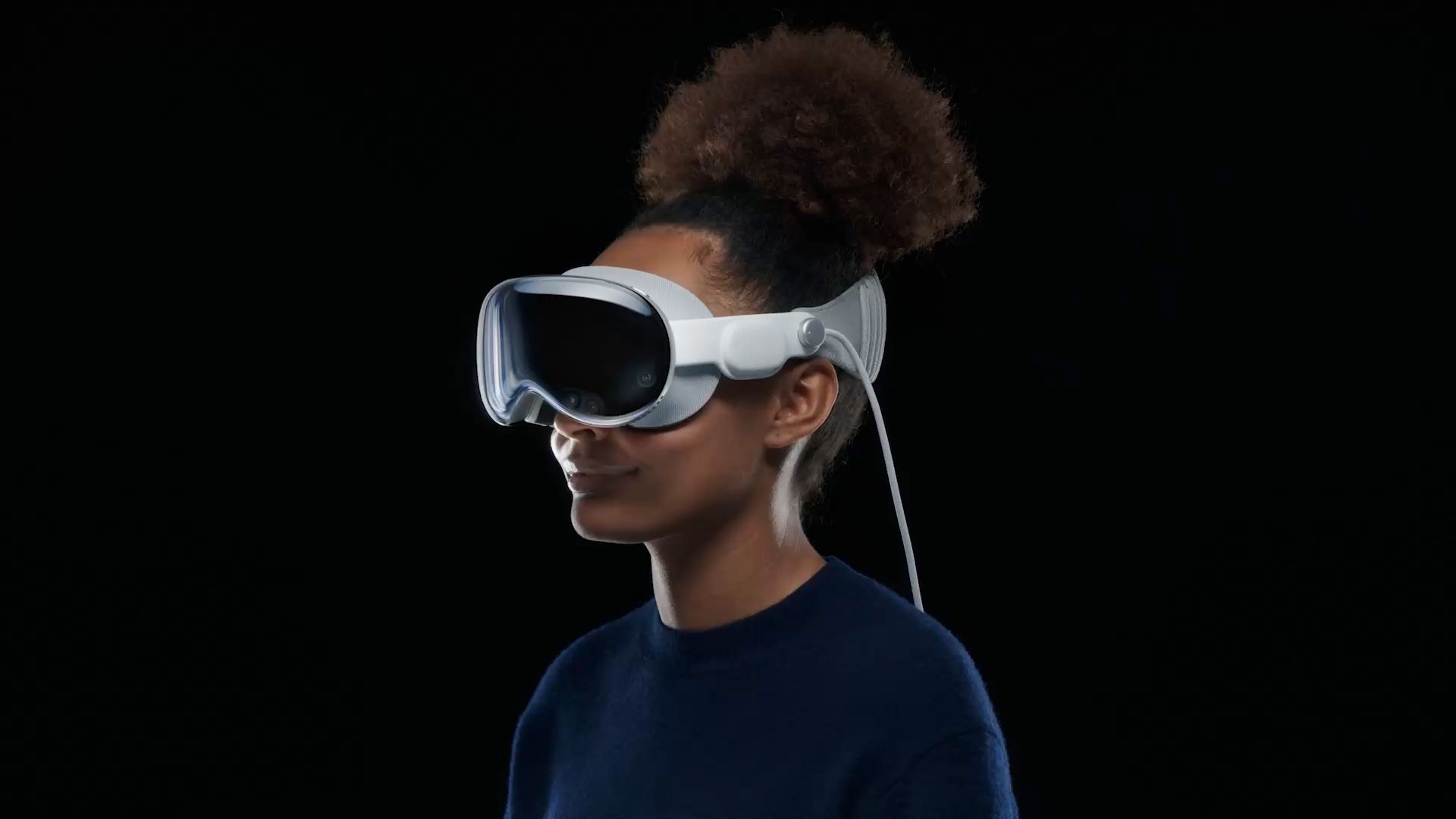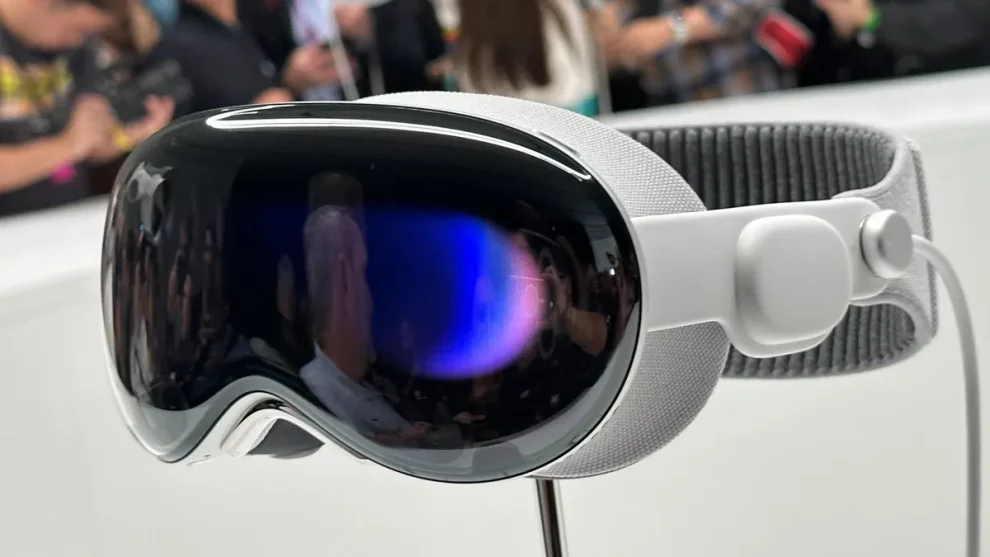Apple, the master of sleek design and intuitive technology, has finally stepped into the world of augmented and virtual reality (AR/VR) with its highly anticipated headset, rumored to be called “Vision Pro.” But will this be a revolutionary step into the future of human-computer interaction, or just another passing fad in the ever-evolving tech landscape?
Proponents of the Apple Vision Pro paint a vibrant picture:
- Seamless integration with the Apple ecosystem: Apple is known for its tight-knit ecosystem of devices and software. The Vision Pro promises to seamlessly integrate with iPhones, iPads, Macs, and other Apple products, creating a truly immersive and unified experience.
- Powerful hardware and software: Apple rarely disappoints when it comes to hardware and software integration. The Vision Pro is expected to boast innovative displays, advanced processors, and cutting-edge AR/VR software, pushing the boundaries of immersive technology.
- Focus on user experience: Apple has always prioritized user experience, and the Vision Pro is likely to be no exception. Intuitive controls, comfortable design, and a focus on accessibility could make it the most user-friendly AR/VR headset on the market.
- A gateway to new possibilities: The Vision Pro could unlock a plethora of new possibilities in gaming, education, entertainment, and even work. Imagine attending virtual conferences from your living room, collaborating on projects in a shared 3D space, or learning about history by walking through immersive simulations.

However, skeptics raise valid concerns:
- The high price tag: Apple products are notoriously expensive, and the Vision Pro is expected to be no different. This could limit its reach to a niche market of tech enthusiasts and early adopters, hindering its mainstream appeal.
- Unproven technology: While Apple has a track record of success, AR/VR technology is still in its early stages. The Vision Pro faces competition from established players like Oculus and Meta, and it remains to be seen whether it can offer significantly better experiences to justify its premium price tag.
- Limited content and applications: The success of any AR/VR platform hinges on a robust library of compelling content and applications. While Apple is expected to invest heavily in content creation, it might take time for a rich ecosystem to develop, leaving early adopters with limited options.
- Privacy concerns: AR/VR headsets collect a massive amount of data about user behavior and surroundings. Apple’s reputation for user privacy could be at stake if it doesn’t address these concerns adequately.
So, where does the Apple Vision Pro stand?
It’s too early to declare it a revolutionary success or a fleeting fad. The headset holds immense potential to reshape the way we interact with technology and experience the world around us. However, its ultimate success will depend on several factors, including its price, the quality of its software and hardware, the development of a compelling content ecosystem, and its ability to address privacy concerns.
One thing is certain: Apple’s entry into the AR/VR game will undoubtedly influence the industry as a whole. Whether it becomes a dominant force or simply adds another player to the field, the Vision Pro is sure to spark new innovation and excitement for the immersive future that lies ahead.
















Add Comment